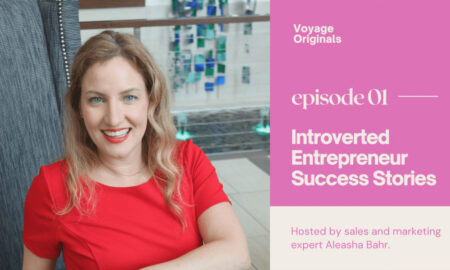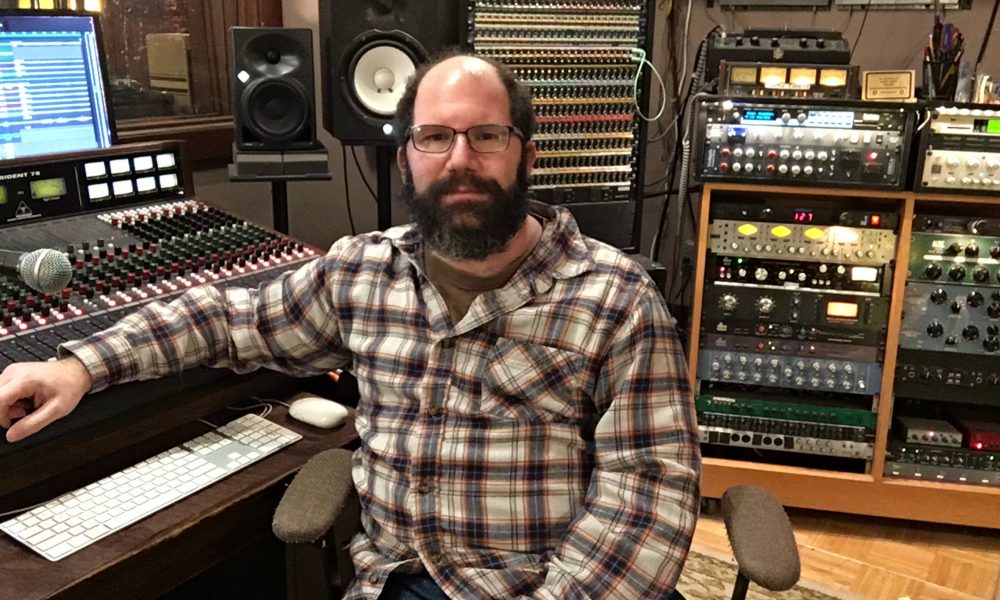

Today we’d like to introduce you to Ian Gorman.
Hi Ian, we’d love for you to start by introducing yourself.
Listening to albums and the radio was how I fell in love with music as a kid. My Dad was a former rock radio DJ, and my mom was a visual artist, so music and creativity was always a central part of our household. Plus, my folks had an amazing record collection! That led to me eventually playing music in high school rock bands and singer/songwriter open mic nights. That sort of thing. Pretty soon, I had a cassette 4-track recorder and would make tapes of myself and my bands, making copies to sell for $5 at our shows, complete with black and white inserts handmade at Kinkos. I just loved recording, layering stuff, and messing with sounds.
I went to college at WMU and started taking John Campos’ recording classes in 1997, originally just to empower myself more as a musician and learn more about how to get what I wanted out of the studio. But pretty soon, I realized that engineering and producing was something I deeply loved, and before I knew it, I was hanging out at the studio all the time. Assisting on sessions, bringing in local bands to record, anything I could do to learn the gear better and create stuff. I just wanted to be in the studio all the time.
Pretty soon, I was working with paying clients at the university studio (Western Sound Studios) and interning at Soundstage One out in Climax. All that eventually led to me moving to Chicago in 2000, where I got my foot in the door at a great post-production studio called Cerny American Creative, doing voiceover and sound design work and learning from a wonderful engineer named Bob Benson. But after while, I realized music was what where my heart was, so I moved over to Chicago Recording Company, a legendary recording studio that hosted major world-famous artists. There, I worked my way up from intern to staff engineer and got experience on sessions with artists such as Smashing Pumpkins, Wilco, and Mannheim Steamroller. I learned a ton, and it was thrilling working on sessions of that caliber, but the hours and stress were insane. 100-hour weeks were the norm, and my top week was 130 hours! I decided the big city and major label life wasn’t what I wanted, and moved back to Kalamazoo to work with the prolific and endlessly-inspirational independent Michigan music scene.
Back in Michigan, I freelanced at studios around the state while building up my own collection of gear and opening my own home studio in 2002. I would also do a lot of mobile recording, bringing my gear over to a band’s house, concert hall, cabin in the woods, etc., and turning whatever found space into a recording studio for a week to make an album. This all eventually led me to working with some of my favorite musicians in the state, including Seth Bernard, May Erlewine, Greensky Bluegrass, The Crane Wives, Stephen Lynch, The Last Gasp Collective, Joel Mabus, Red Tail Ring, Jen Sygit, and many more. I also started doing live sound at local clubs and festivals. Just piecing together the engineer life however I could, living gig to gig and making hundreds and hundreds of albums.
Over the years, the home studio grew and grew, from a spare room of an apartment, into a floor of a duplex, eventually to a heavily-renovated garage behind my wife’s and my house. In 2018, I moved the studio over to Jerico in the Edison Neighborhood, where I was able to build the very comfortable and large multi-room space you see today. Most importantly, I was finally able to expand with hiring other engineers (The incredible Samuel Peters and Maggie Heeren), as well as really leaning into audio education with a bustling internship program and workshops at the studio. I love where I’m at in Jerico – It’s a wonderful, supportive creative community of independent craftspeople and artists, and it’s the perfect fit for what we do here.
We all face challenges, but looking back, would you describe it as a relatively smooth road?
I feel very lucky to have had as successful of a career as I’ve had, and I truly feel like I have the best job in the world! But the life of a sound engineer is a crazy one, usually gig to gig, much more like the life of a performing musician than a “traditional” job (Whatever that is!). The instability is something that can be stressful and certainly isn’t for everyone. But the projects keep coming, and I’m able to keep doing my thing! I’m always grateful to be so busy.
Another challenge is the way the recording and music industries have changed so dramatically over the decades. Of course, artists are selling way less albums due to streaming, and the studio scene is more and more competitive with the rise of home recording. You have to be able to continuously stay relevant, remain flexible and inventive, and offer things that people can’t easily find other places. But like so many things in the creative world, it’s always the people that make the difference, not the gear or tools. Engineering and producing is as much a skill and a craft as it is a technical process. If people love working with you, and you help them capture their creative visions more effectively and efficiently, then hopefully, there will always be a place for you in the process.
Appreciate you sharing that. What else should we know about what you do?
Since moving back to Michigan, my focus has been on serving the independent Michigan music scene. I think we’re in a truly special place and time here in The Mitten, something that’s going to be talked about for a long time. Many of the greatest musicians I’ve ever heard are all around us, and you can go hear them just about every weekend, usually for a fraction of the price of national acts. And just about everyone in the scene are wonderful, caring, brilliant people who I’m honored to call my friends and found family. There’s very little competition or ego – It’s about collaboration and supporting each other.
And it isn’t just high-quality acts, in the incredible uniqueness and creativity going on – People boldy making music that is uncompromising, effortlessly combining genres and pulling in influences from all over the dial, and speaking directly from their souls. It’s an honor to help document these voices and visions, and that’s something I consider my life’s work.
Is there a quality that you most attribute to your success?
That’s a question that would be better answered by the musicians that have worked with me over the years. But I’d like to think that my dedication and hustle have made the biggest difference in my career. The studio world is such a competitive, over-saturated environment that you simply have to be passionately obsessed with it to really get any traction. But that being said, there’s been a lot of luck and right-place-right-time kind of opportunities throughout my journey as well. But to be able to take advantage of those opportunities, you need to be prepared, skilled, and the right fit for the job.
I also think that always honoring the artists’ tastes is key – It’s not about what I want things to sound like as an engineer or producer; it’s about helping the artist get what they want. If an artist invites me into the creative process as a collaborator, my input must always be to present ideas for them to consider, but at the end of the day, it’s their creative choice and their name on the record.
More than anything, flexibility and adaptability are essential. No two projects are the same, and different approaches and aesthetics might better suit different people. The recording studio isn’t a one-size-fits-all experience – It’s a matter of my approaching a project with a vast tool kit and seeing what works best for that artist; it’s a custom job every time.
Contact Info:
- Website: www.lalunarecording.com
- Instagram: www.instagram.com/lalunarecordingandsound/
- Facebook: www.facebook.com/LaLunaRecordingAndSound
- Youtube: www.youtube.com/@lalunarecordingsound3168
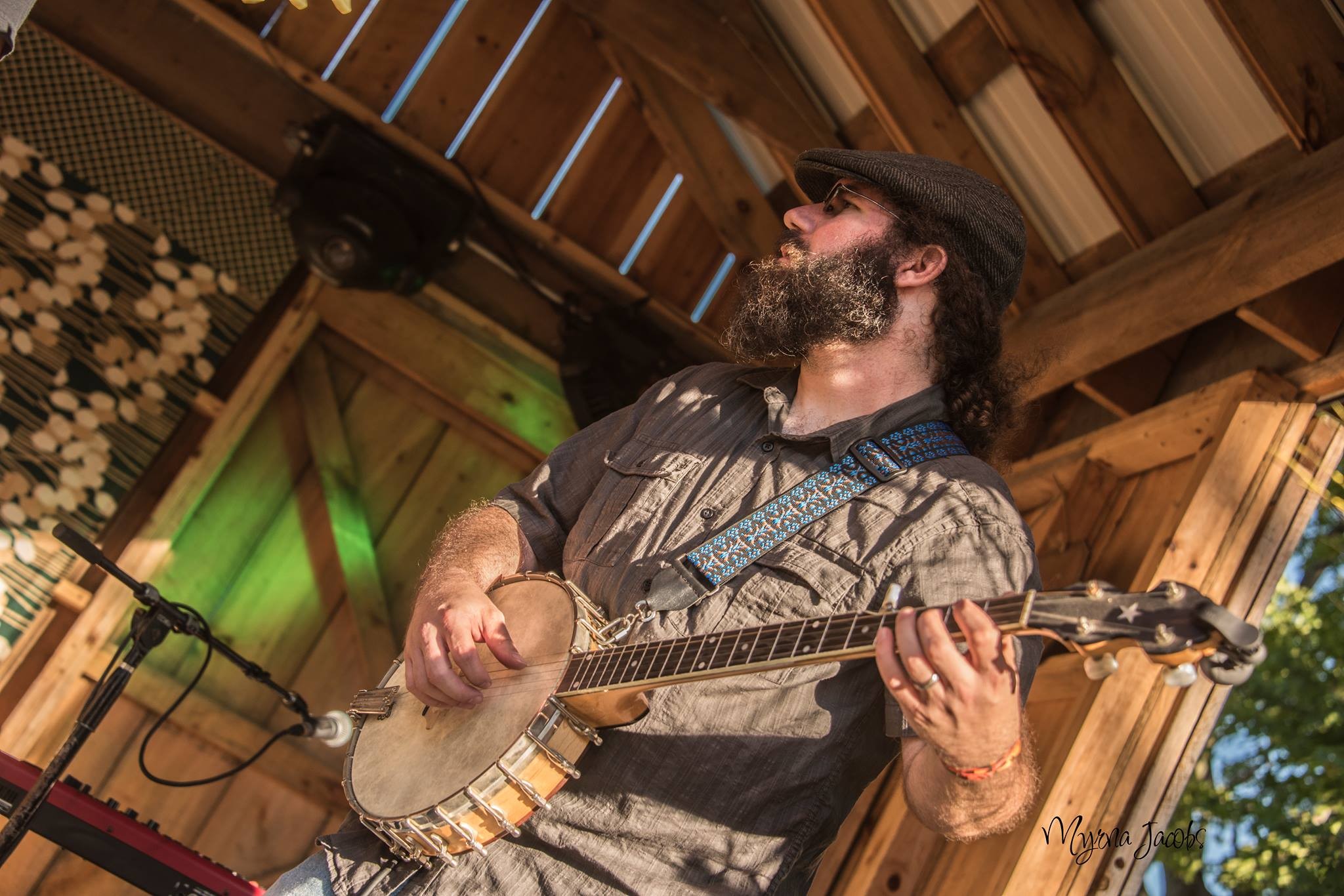
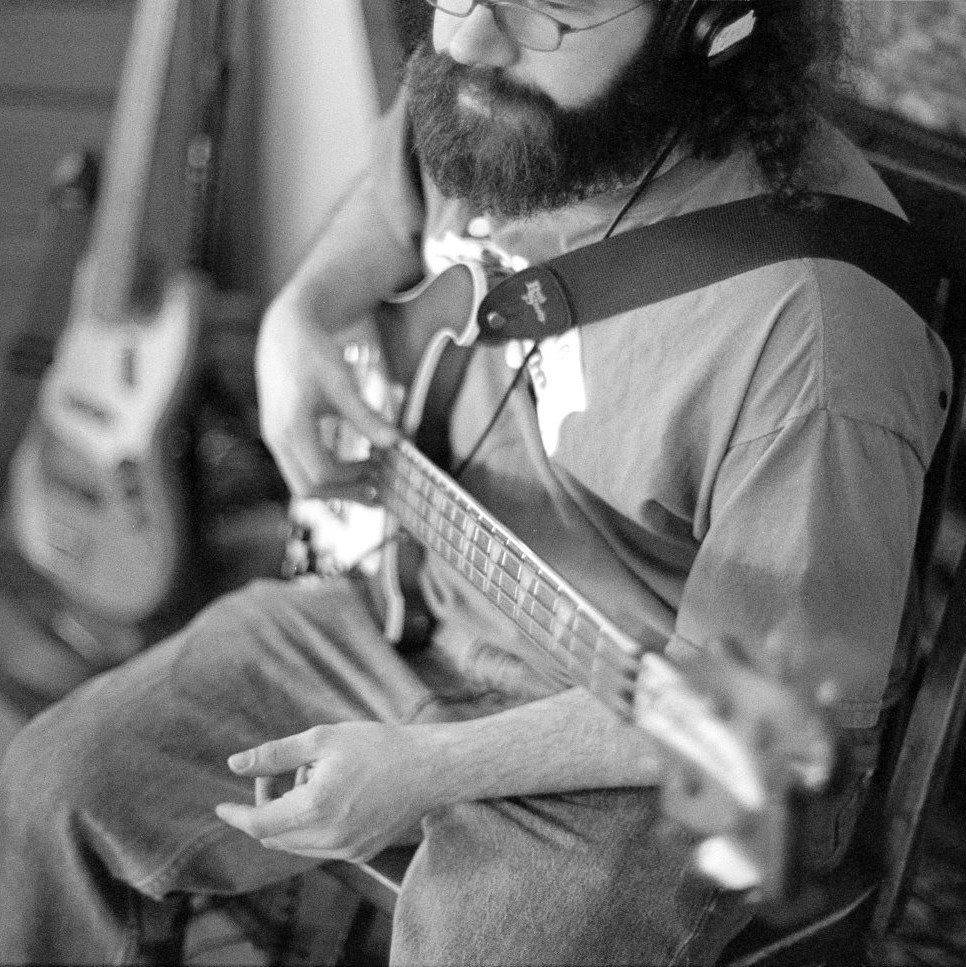

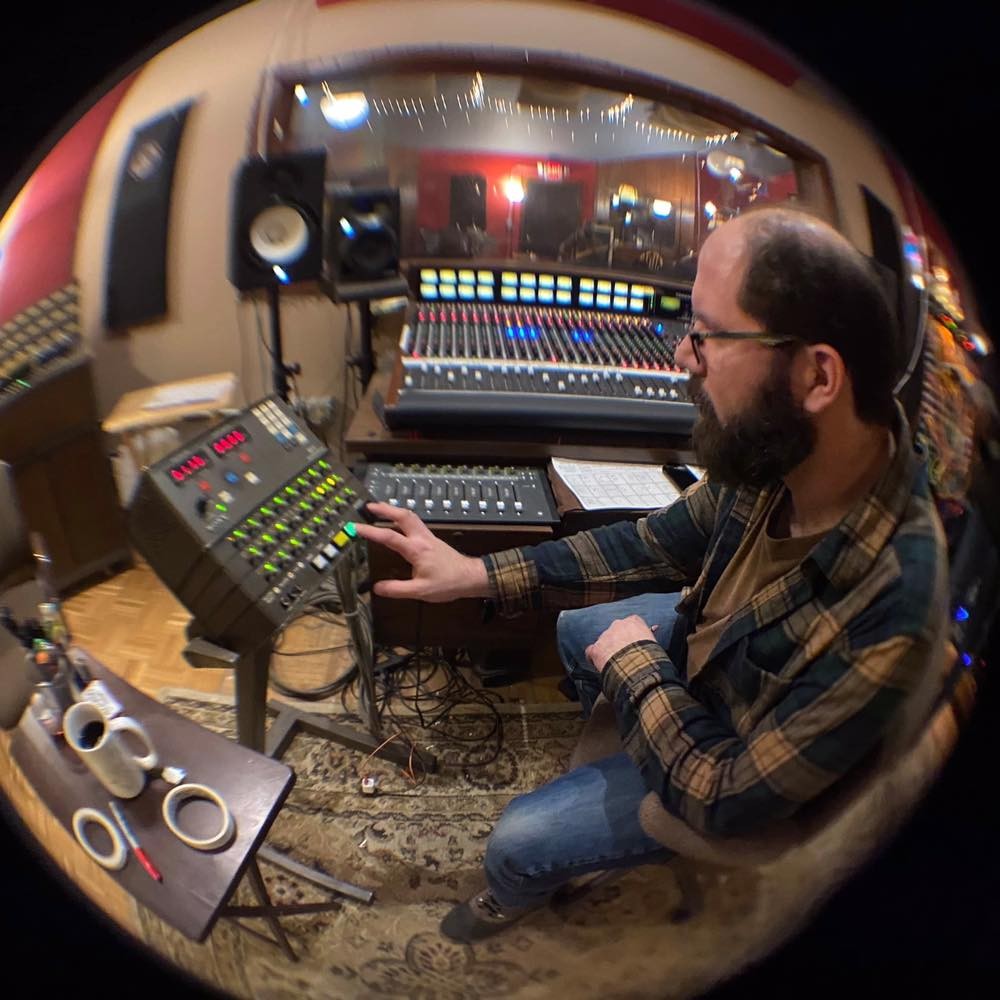
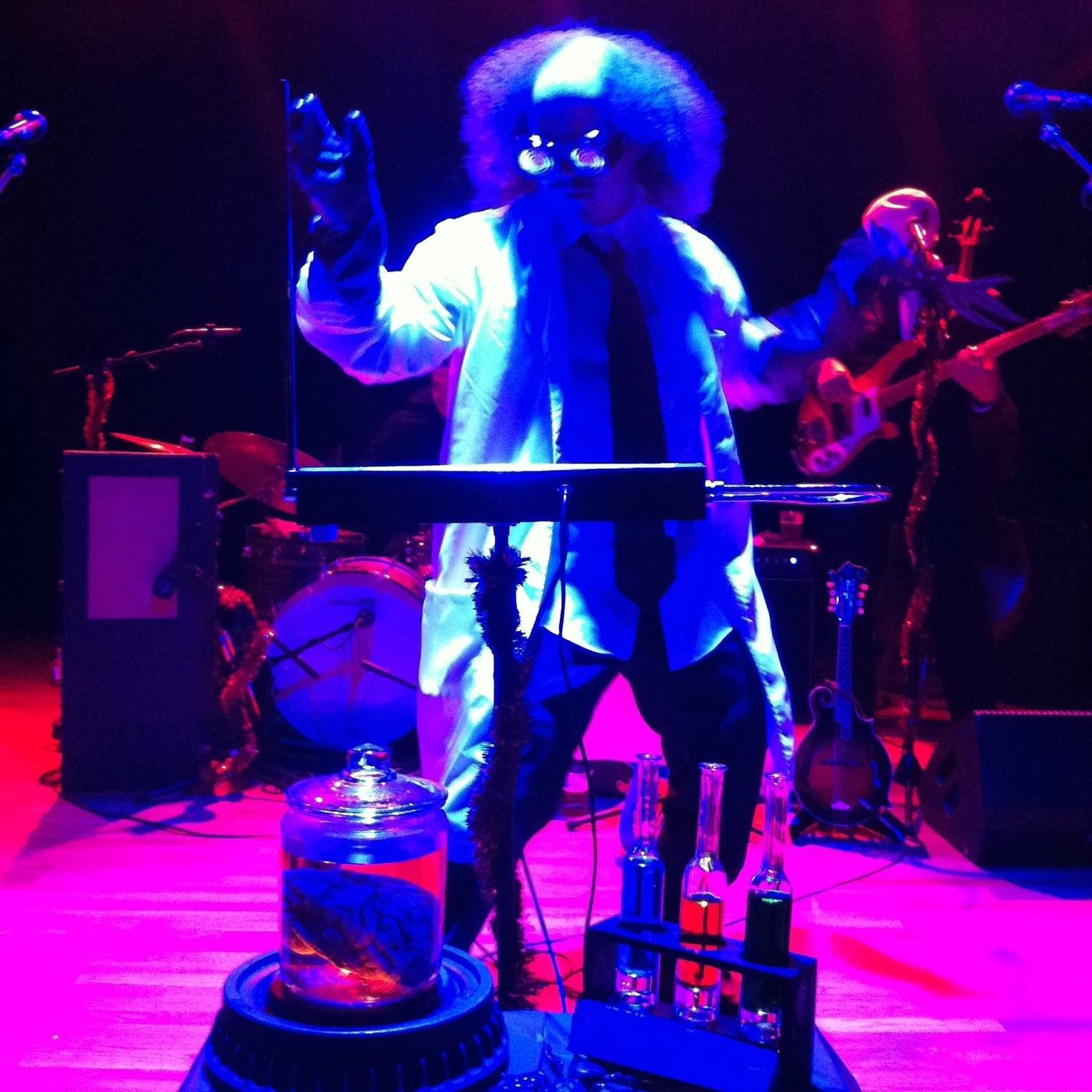
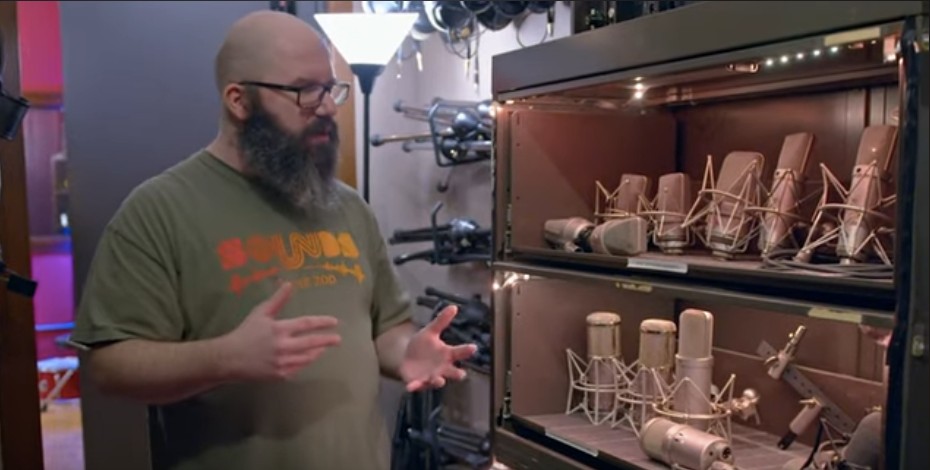
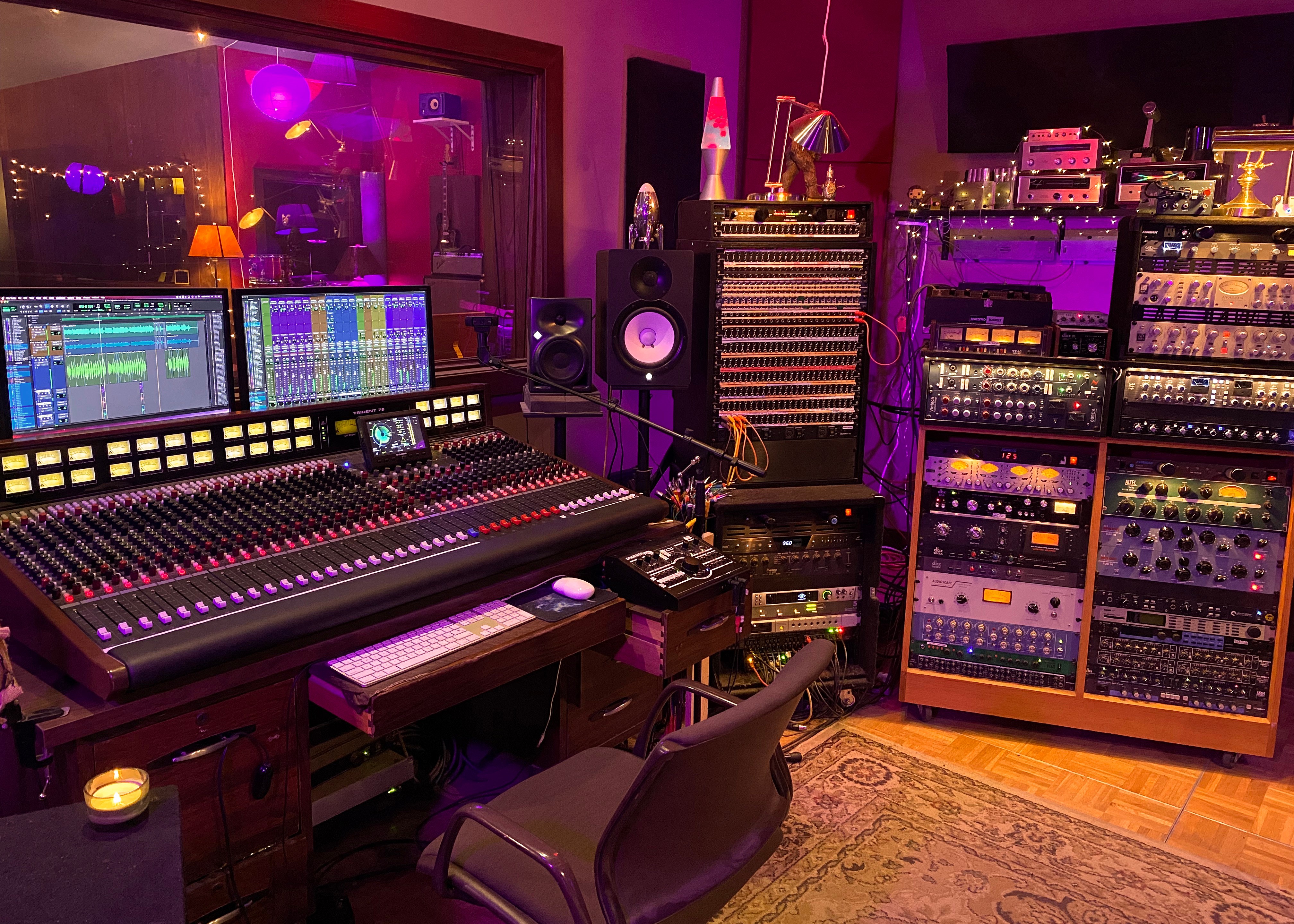
![]()
Image Credits
Rachel Gorman
Ken Campbell
Dan Lauterbur
Myrna Jacobs
John Hanson
Texture House
Sarah Fuerst



